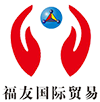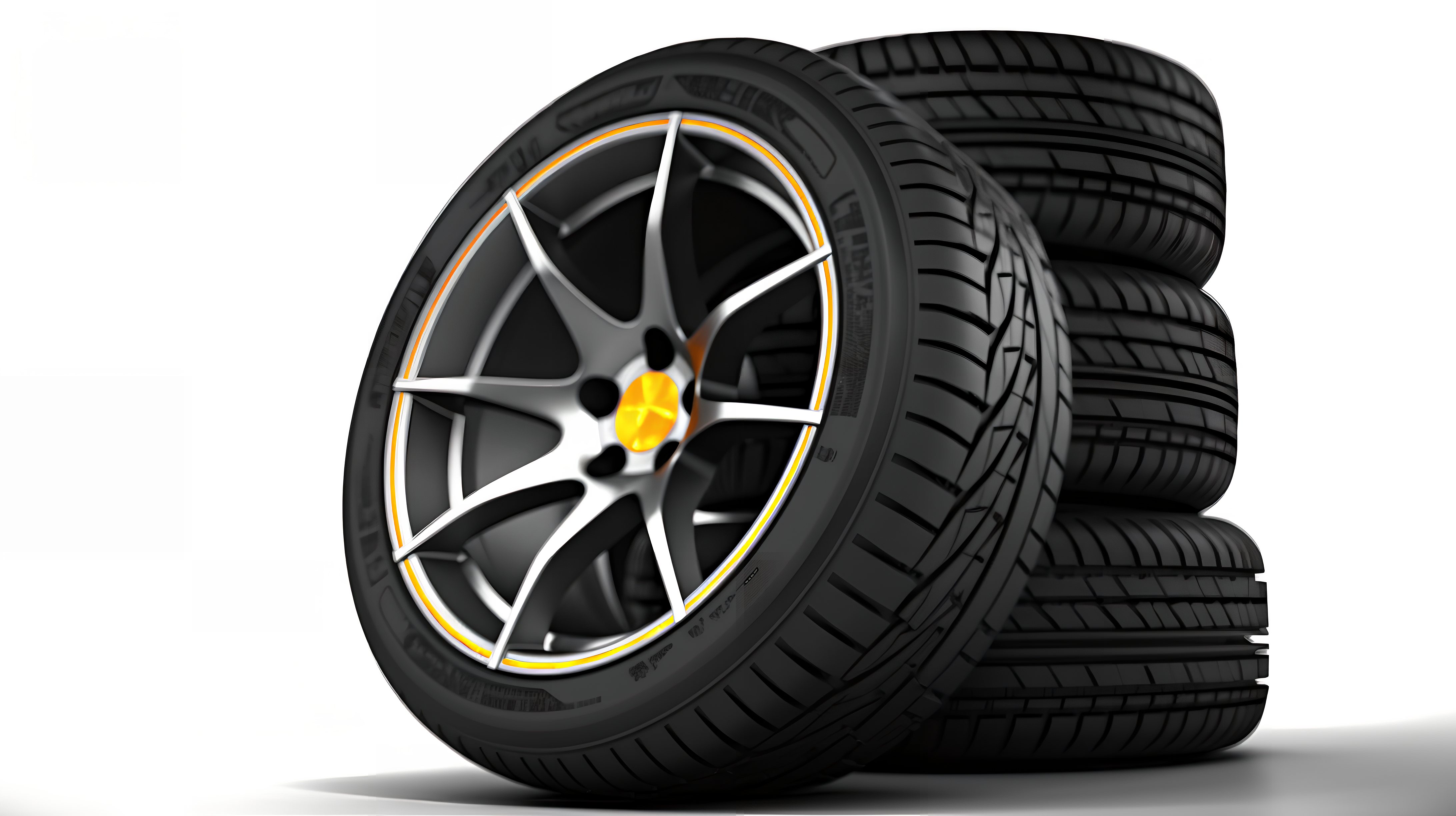A tyre is a grounded rolling, circular, elastic rubber product fitted to various vehicles or machinery. Usually mounted on a metal rim, they support the vehicle body, cushion external impacts, enable contact with the road surface and ensure the vehicle’s drivability. Tyres are often used in complex and harsh conditions, which are subjected to various deformations, loads, forces and high and low temperatures when driving, so they must have high load-bearing performance, traction performance, cushioning performance. At the same time, it also requires high abrasion resistance and flex resistance, as well as low rolling resistance and heat generation. Half of the world’s rubber consumption is used in the production of tyres, which shows the capacity of tyres to consume rubber. The following is a demonstration of the whole tyre production process:
Process 1: Densification process The densification process is the combination of carbon black, natural/synthetic rubber, oil, additives, accelerators and other chemicals. The mixing process is where carbon black, natural/synthetic rubber, oil, additives, accelerators and other raw materials are mixed together and processed in a compacting machine to produce “rubber”. All raw materials must be tested and cleared for use before entering the refiner. The weight of each pot of material in the compactor is approximately 250kg. The compound used for each rubber component in a tyre has specific properties. The composition of the compound depends on the requirements of the tyre’s performance. At the same time, the composition of the compound varies depending on the requirements of the supporting manufacturers and of the market, which come mainly from the requirements of traction, drivability, road conditions and the tyre itself. All the compounds are tested and cleared before they go on to the next process, the rubber component preparation process. Process 2: Rubber Component Preparation The Rubber Component Preparation process consists of 6 main sections. In this process, all the semi-finished rubber components that make up the tyre are prepared, some of which are preliminarily assembled. The six stages are as follows: Stage 1: Extrusion: the rubber is fed into the extruder head to extrude the different semi-finished rubber components: tread, sidewalls/grooves and triangles. Stage 2: The calendering of the raw material cord passes through the calender and a thin layer of rubber is applied to both sides of the cord, the final product is called “cord fabric”. The raw material cord is mainly nylon and polyester. Section 3: Bead formingThe bead is made of many steel wires that are wound with rubber. The rubber used for the beads has special properties so that the rubber and the steel wires can be tightly fitted together after vulcanisation. Stage 4: Cutting of the cord fabric In this stage, the cord fabric is cut to the appropriate width and jointed. The variation of the width and angle of the fabric depends mainly on the tyre’s specifications and the requirements of the tyre’s structural design. Stage 5: Laminating the triangles In this stage, the triangles extruded by the extruder are manually laminated to the bead. The triangles play an important role in the tyre’s operational performance. Stage 6: Belt ply mouldingThis process is for the production of the belt ply. In the spindle room, a number of steel wires are passed through a threading plate and then, together with the rubber, through a mouth plate so that the wires are glued on both sides. After gluing, the belt ply is cut to the required angle and width. The width and angle depend on the tyre specification and the requirements of the structural design. All the rubber parts are transported to the “tyre forming” process, where they are ready for tyre forming. The tyre moulding process is where all the semi-finished products are assembled on the moulding machine to form the raw tyre, which in this case is not cured. The raw tyres are inspected and transported to the curing process. Process 4: VulcanisationThe raw tyres are loaded onto the vulcanising machine, and after a suitable period of time and under suitable conditions in the mould, they are vulcanised into the finished tyre. The cured tyre has the appearance of a finished tyre – pattern/font and tread pattern. The tyre is now taken to the final inspection area. Process 5: Final Inspection In this area, the tyre first undergoes a visual appearance check, followed by a homogeneity test, which is carried out by means of a “homogeneity tester”. The uniformity test is done by the “uniformity test machine”, which measures radial force, lateral force, cone force and fluctuation. After the uniformity test, the tyre undergoes a dynamic balance test, which is done on the “Dynamic Balance Test Machine”. Finally, the tyres are X-rayed and then transported to the finished goods warehouse for shipment. Process 6: Tyre testing In the process of designing a new tyre specification, extensive tyre testing is necessary to ensure that the tyre meets the requirements of the government and the ancillary plants. Once the tyres have been officially launched into production, we continue to monitor the quality of the tyres by doing tyre tests, which are the same tests that are done when new tyres are released. The machine used to test the tyres is the “Mileage Test” and the tests that are usually carried out are the High Speed Test and the Durability Test. A circular elastic rubber product that is fitted to various vehicles or machines and is grounded to roll. Usually mounted on metal rims, they support the vehicle body, cushion external impacts, make contact with the road surface and ensure the vehicle’s driving performance. Tyres are often used in complex and harsh conditions, which are subjected to various deformations, loads, forces and high and low temperatures when driving, so they must have high load-bearing performance, traction performance, cushioning performance. At the same time, it also requires high abrasion resistance and flex resistance, as well as low rolling resistance and heat generation. Half of the world’s rubber consumption is used in tyre production.
Post time: Mar-27-2024


